Portable Antiquities Scheme - top 5 objects
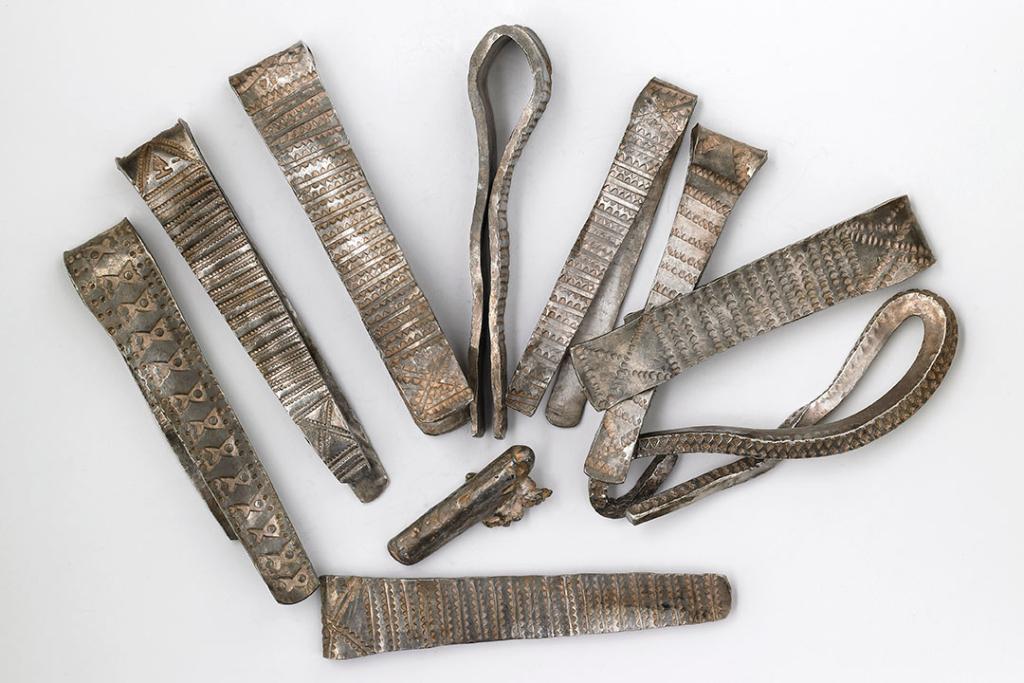
As the Portable Antiquities Scheme (PAS) reaches the milestone of recording 1.5 million objects we are showcasing the Museum of Liverpool’s successful partnership with the PAS, and highlighting some of the amazing objects added to the collection through our relationship with them.
About the PAS
The PAS is a DCMS funded project aimed at recording archaeological objects dating to pre-1700s that are discovered by members of the public. The objects are recorded on to an online public database, which can be used for academic research as well as general interest purposes. Most of the finds reported are discoveries made by metal detector users, but many of the objects have been found by people out walking, gardening, or going about their daily work.
New discoveries are reported to Finds Liaison Officers (FLO) who liaise with the public and record the finds on to the PAS database. The Museum of Liverpool has hosted a FLO since the PAS began more than 20 years ago, and has consequently helped facilitate the expansion of historical and archaeological understanding of our region. Through the success of the PAS and its partnership with the Museum of Liverpool, the museum has acquired objects that enable us to tell these new narratives. These are some of the highlights in the collection:
The Cheshire Roman hoards
Over the last few years, the Museum of Liverpool has acquired three Roman hoards, all discovered by metal detector users and reported as potential Treasure in compliance with 1996 Treasure Act. The hoards are Treasure because they either contain objects older than 300 years old that are made of gold or silver; consist of 2 or more coins made of gold or silver that are over 300 years old; or contain 10 or more base metal (copper alloy) coins that are over 300 years old. More information about what constitutes as Treasure can be found on the PAS website.
The Malpas Hoard (MOL.2015.51) consists of 7 gold Iron Age coins and 28 silver Roman coins. The earliest identified coin dates to 134 BC, with the latest to the reign of the emperor Tiberius AD 14-37. The deposition of the hoard possibly relates to the journey Caratacus took, a British chieftain who led the British resistance against the Roman invasion, as he fled from defeat.
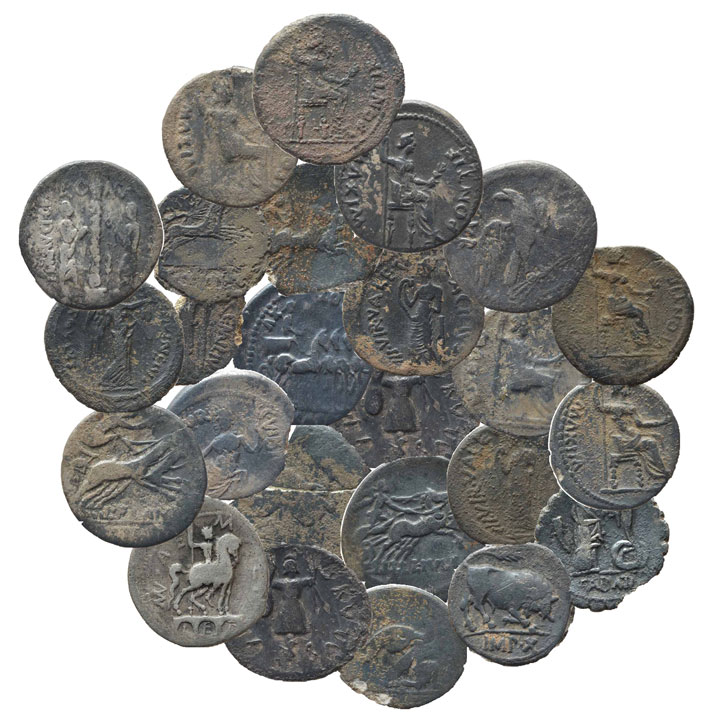
The Knutsford Hoard (MOL.2015.90) consists of 101 Roman silver coins, two copper alloy coins, three Roman trumpet brooches, two rosettes and two silver finger rings with intaglios. The hoard dates to late 2nd Century AD.
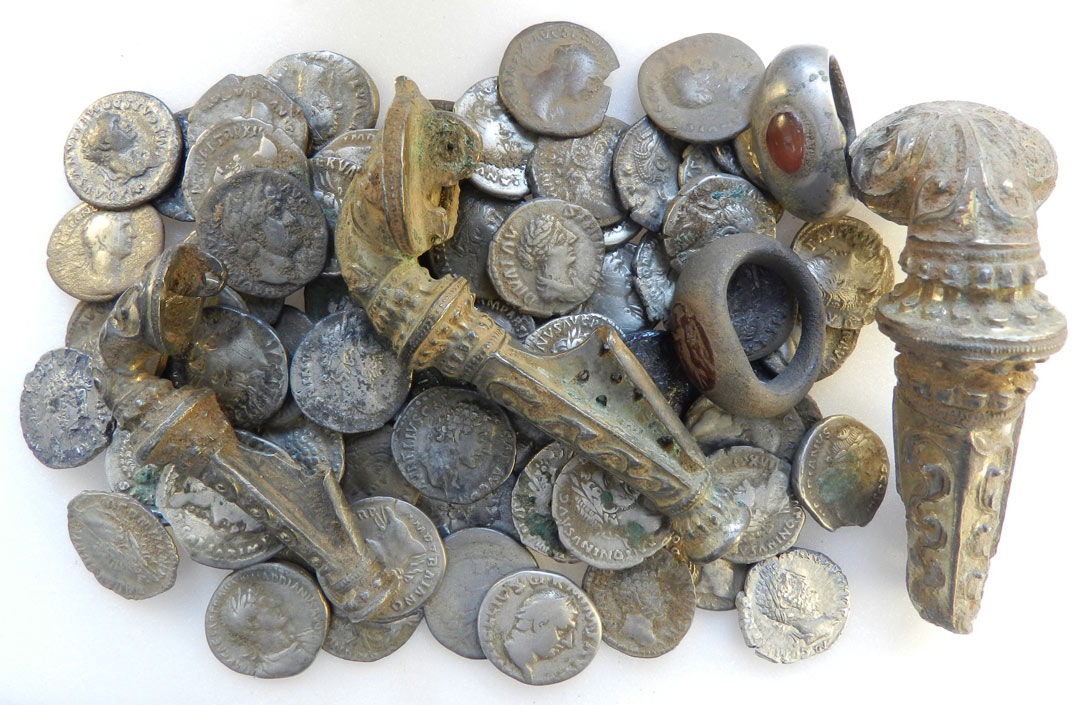
The Poole Hoard (MOL.2018.75.1-503) consists of 1501 Roman coins and dates to c.AD 313-335.
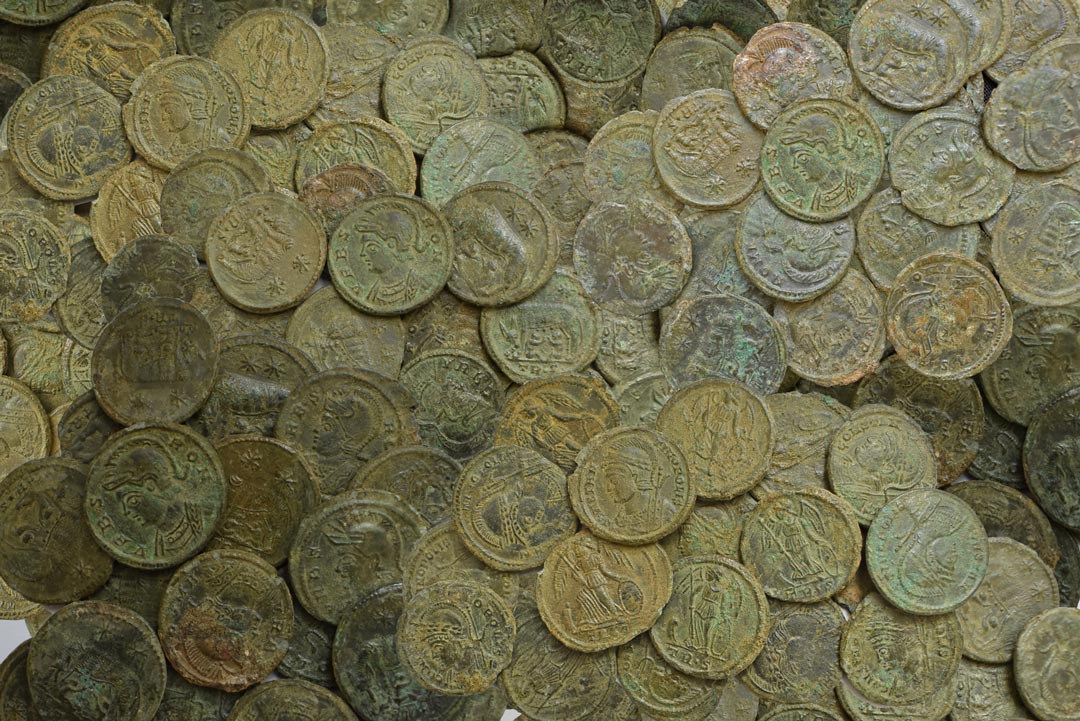
Hoards such as these were deposited during periods of social or political unrest with the idea being that the hoard would be deposited for safe-keeping and retrieved once the situation had stabilized. Why these hoards were never recovered by their depositors we will never know. All three hoards were declared Treasure, and were jointly acquired by the Museum of Liverpool and Congleton Museum. For more information visit the Cheshire Hoards collection pages.
Roman patera handle

A handle of a Roman patera (dish) (MOL. 2016.28) was discovered near the area to the Malpas Hoard and dates to the first century AD. The handle is in two parts and depicts Cupid, the Roman god of love. Although not thought to be directly associated, it sheds further light on the Romano-British period and is suggestive of religious and domestic activity in the area. It was kindly donated to the Museum of Liverpool by the finder.
Roman ceramic vessel
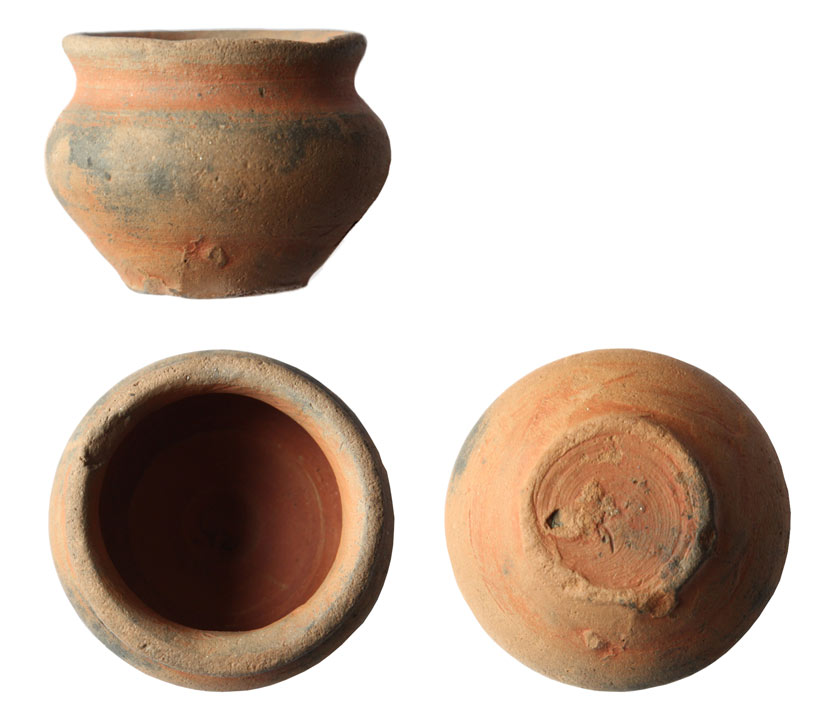
This small but complete Roman vessel (MOL.2018.10.1) was discovered during a beach comb on a Wirral beach. It was reported to the FLO and recorded on the PAS database. After it was identified as a Roman vessel, the finder kindly donated to the Museum.
The Huxley Hoard

The Huxley Hoard (MOL.2007.5) is an Early Medieval bullion hoard dating to c.AD 850-950 and was discovered during an organised metal detecting rally near Huxley, Cheshire in 2004. The contents of the hoard include 22 items of Viking silver, including 20 flattened arm-rings, most of which are decorated in a Hiberno-Scandanavian style, one decorated rod from a bracelet and a complete ingot, along with sheets of lead which are thought to have covered the collection of objects. Early Medieval finds are uncommon in the North West which makes this an especially exciting find for this this region. It was declared Treasure by the local coroner and jointly acquired by the Museum of Liverpool and Chester Grosvenor Museum. For more information visit the Huxley Hoard collection pages.
The Rainford tyg
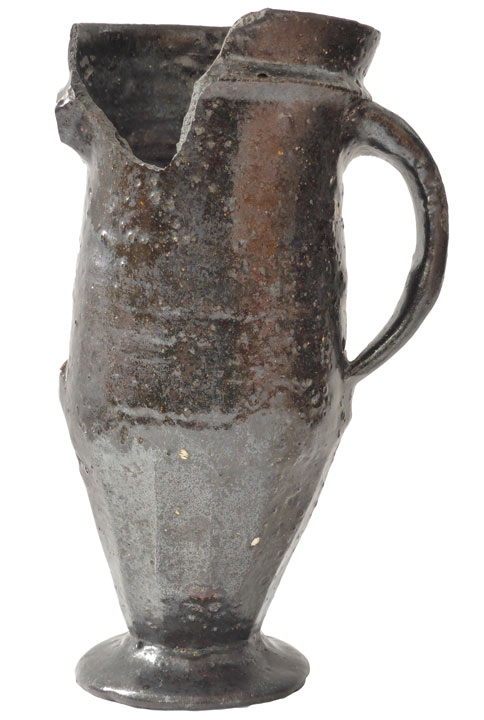
The Rainford tyg (MOL.2013.127) is a ceramic vessel dating to the 17th century and was discovered in a back garden in Rainford, St. Helens. After the tyg was reported, it sparked the founding of the Rainford's Roots project, which was a community archaeology project set up to explore the archaeology of the village of Rainford. The tyg was donated to the Museum of Liverpool and is part of the Rainford Roots collection.
Reporting your finds
Many thanks to the finders who responsibly report their finds and to those who kindly donated their discoveries
If you think you have found an archaeological object in England or Wales that you would like to report, please email heather.beeton@liverpoolmuseums.org.uk
